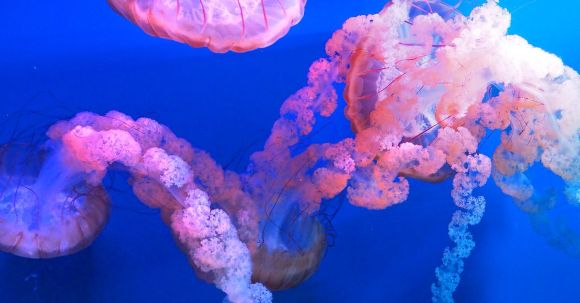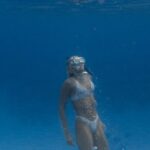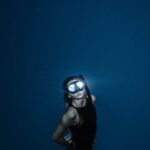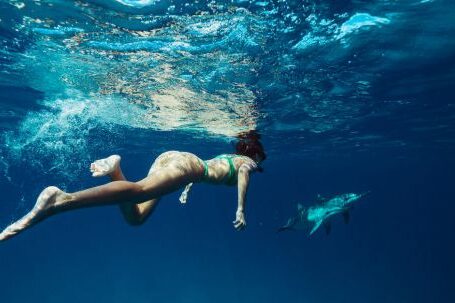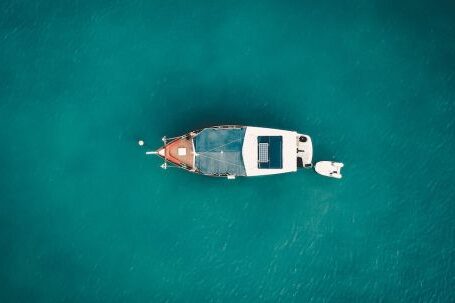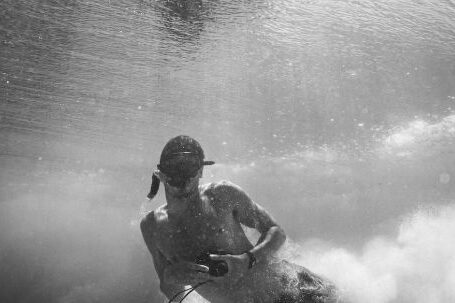When it comes to underwater photography, there is something uniquely thrilling about capturing images in the dark depths of the ocean at night. The mysterious and ethereal beauty of the underwater world takes on a whole new level of intrigue when illuminated by artificial light. However, night diving and underwater photography present a set of unique challenges that require careful preparation and technique. In this article, we will provide you with some essential tips to help you make the most out of your night diving photography adventures.
Understanding the Challenges
Night diving and photography can be a bit intimidating for beginners, but with the right mindset and preparation, it can become an incredibly rewarding experience. It is important to understand the challenges that come with shooting underwater at night to better prepare yourself.
First and foremost, limited visibility is a major obstacle when it comes to night diving. The darkness can make it difficult to see potential hazards or subjects of interest. This is why it is crucial to have a powerful dive light that can illuminate your surroundings effectively.
Secondly, the absence of natural light sources means that you have to rely entirely on artificial lighting. This requires a good understanding of how to use your camera’s flash or strobes effectively to achieve the desired lighting effect.
Preparation is Key
Before embarking on a night diving photography adventure, it is essential to make sure you are well-prepared. This means checking and double-checking all your equipment to ensure everything is in working order. Make sure your underwater housing is properly sealed, your camera battery is fully charged, and you have enough memory cards to capture all the amazing moments you will encounter.
Additionally, it is important to have a solid understanding of your camera’s settings and how to adjust them in low-light conditions. Experiment with different ISO settings, shutter speeds, and aperture values to find the optimal combination for capturing sharp and well-exposed images underwater.
Mastering the Technique
Once you are in the water and ready to start shooting, there are a few techniques you can employ to improve your night diving photography.
Firstly, it is crucial to get close to your subject. In low-light conditions, the distance between you and your subject can significantly affect the quality of your images. By getting as close as possible, you can minimize the amount of water between your lens and the subject, resulting in clearer and more vibrant images.
Secondly, it is important to be patient and observant. Night diving opens up a whole new world of underwater creatures that are not visible during the day. Take your time to search for interesting subjects and observe their behavior before attempting to capture them on camera. This will not only result in better images but also minimize the disturbance to the marine life.
Lastly, don’t be afraid to experiment with different lighting techniques. Underwater photography at night allows for creative lighting possibilities, such as using your dive light as a spotlight or experimenting with different angles and positions for your strobes. Play around with these techniques to create unique and captivating images.
In conclusion, night diving and underwater photography can be a thrilling and rewarding experience for any photographer. By understanding the challenges, being well-prepared, and mastering the necessary techniques, you can capture stunning images of the underwater world at night. So, grab your camera, dive into the darkness, and let the magic of the underwater world unfold before your lens. Happy shooting!
